FIVE-STAR TEAM WARRANTY &
SAME-DAY SERVICE
Why Is My Water Heater Leaking from the Bottom?
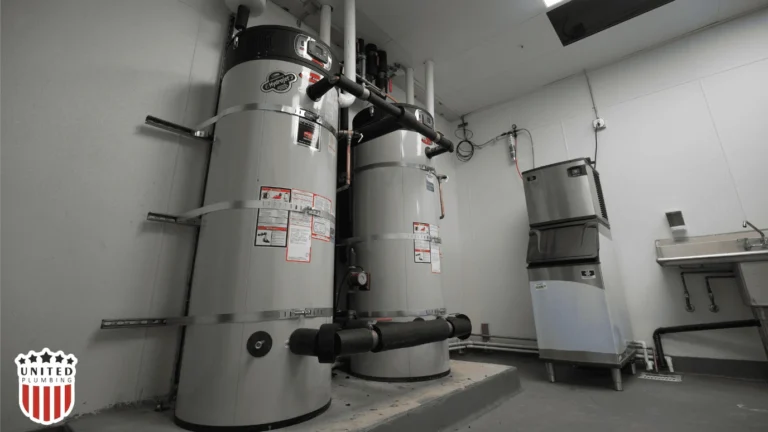
Have you discovered a puddle of water in front of your hot water tank? Do not worry; a leaking water heater, especially from the bottom of the tank, is the most common issues we have come across as homeowners in our time as technicians. A water leak left long enough can cause further damage, higher energy bills, and even safety problems. Fun fact: a slow leak can be losing up to 10,000 gallons of water in a year—the equivalent of an average backyard swimming pool! (source: U.S. Environmental Protection Agency) If you have an electric water heater, gas water heater, or a tankless water heater you should recognize why there is a leak happening at the bottom of your water heater is crucial.
Common Causes of a Water Heater Leaking from the Bottom
Here are the most common reasons why you have a leaky water heater:
1. Drain Valve Leak
Located near the bottom of the tank, the drain valve is used for regular maintenance to flush out dirty sediment buildup. Next is a loose drain valve or faulty drain valve which can lead to water leaking at the base of your water heater. Good news if caught early this is often a simple repair.
2. Sediment Buildup
Over time, disgusting sediment collection from hard water or poor water quality can potentially cause corrosion inside your water heater tank. This leads to tiny cracks or holes, which results to tank leaks and water leakage at the bottom of your tank.
3. Temperature Pressure Relief Valve (T&P Valve)
The T&P valve is part of a safety feature that releases pressure if your water temperature gets too high. If there’s so happen to be excess pressure due to thermal expansion or high pressure, the valve might open and release water. This will often look like water leaking from the top of the tank but can run down and pool at the bottom.
4. Internal Tank Leak
If your water heater tank happens to have a crack or has rusted through, that’s the case, you’re probably dealing with an internal tank leak. Unfortunate to your pocket, this usually means it’s time for a brand new water heater, as a full water heater replacement is the best course of action.
5. Outlet Connections and Cold Water Supply Lines
A loose connection at the water supply line or outlet connections could also be source of the leak. Thankfully this is one of the easier fixes, yet neglecting it can result in significant damage over time.
Signs Your Water Heater is Leaking from the Bottom
- Puddle of water beneath the base of your water heater
- Rust or corrosion on the bottom of the water heater tank
- Water dripping from the drain valve or T&P valve
- Fluctuations in water temperature or pressure
What to Do If Your Water Heater Is Leaking
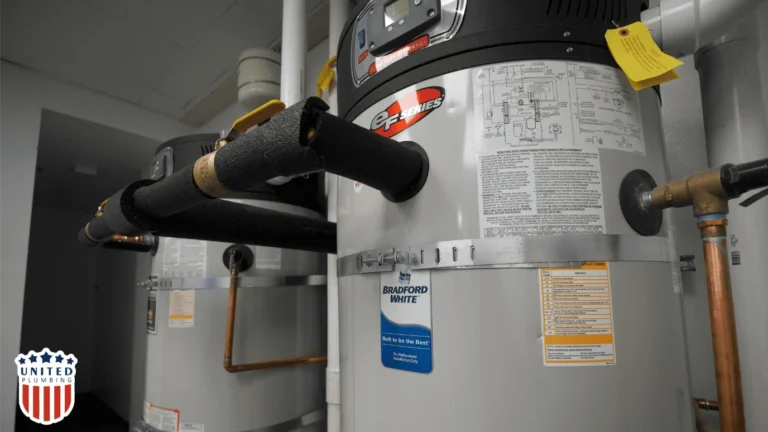
- Turn off the water supply start by using the shutoff valve above the tank or the main water line to turn off the water supply (P.S Very important don’t forget).
- Shut off the power supply at the circuit breaker (for electric heaters) or gas shutoff valve (for gas heaters).
- Next step identify the source of your leak – check the drain valve, P valve, inlet pipe, and tank surface.
- Last but now least call a professional plumber to inspect the issue. A professional water heater repair can easily determine whether you need a simple fix or a full water heater replacement.
Need help shutting off your water heater? Read our step-by-step guide on the blog
When to Consider a New Water Heater
If you have an extremely old tank (over 10 years), a recurring issue, or a large puddle of water under the base of your water heater, then it is a good time to replace and get a new water heater. New units possess better energy efficiency and safety features.
Want help picking the perfect water heater? Read our full guide on how to choose the right one.
Preventing Future Leaks
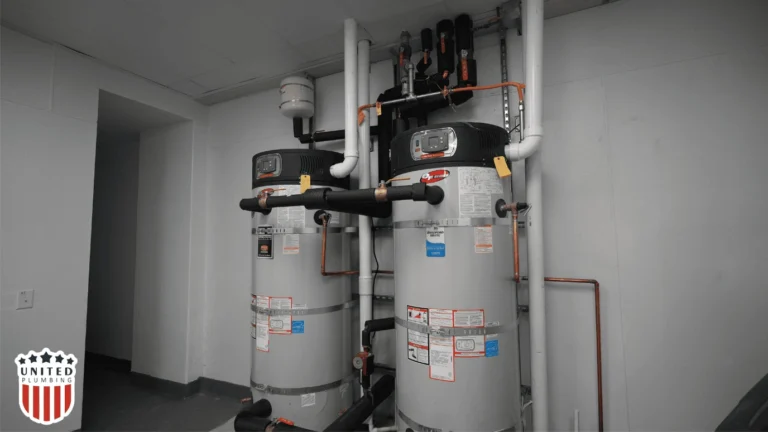
- Schedule regular maintenance for your HVAC system and plumbing
- Check the T&P valve and release valve periodically
- Flush the hot water tank annually to avoid sediment buildup
- Install a pressure-reducing valve if your home has high water pressure
Final Thoughts
A leaking water heater is more than just a nuisance. From a faulty T to loose connections, getting the issue identified early can save you from costly repairs and keep your home safe from further water damage. If you’re unsure where the leak is, always call for professional assistance.
Need expert help? Contact our licensed plumbing professionals for an accurate diagnosis and lasting repair.
Post views: 772
Latest posts
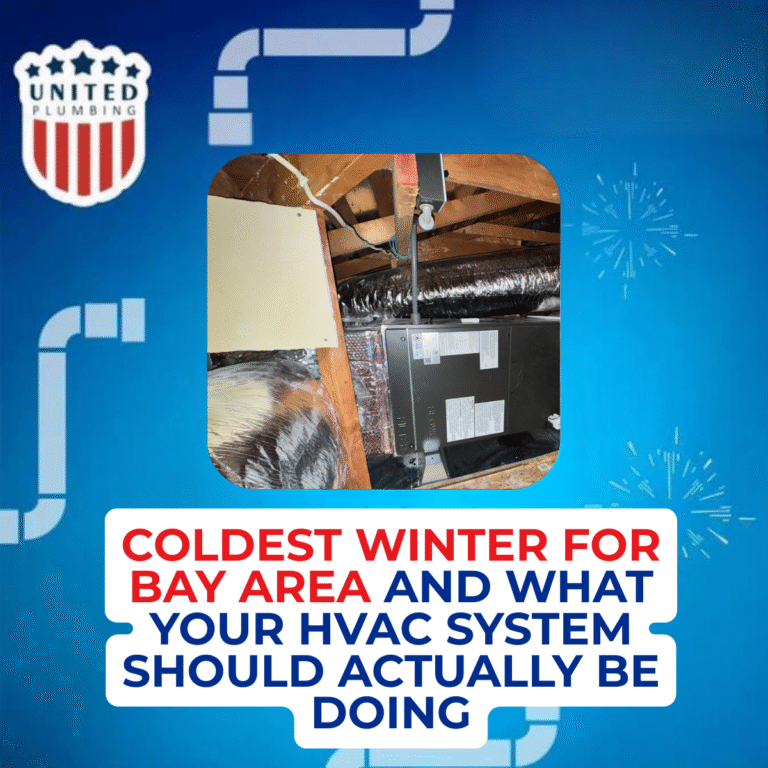
Coldest winter for Bay Area in 2025 And What Your HVAC System Should Actually Be Doing
If your home feels colder than usual this winter, you’re not imagining it. Bay Area home heating systems are being...
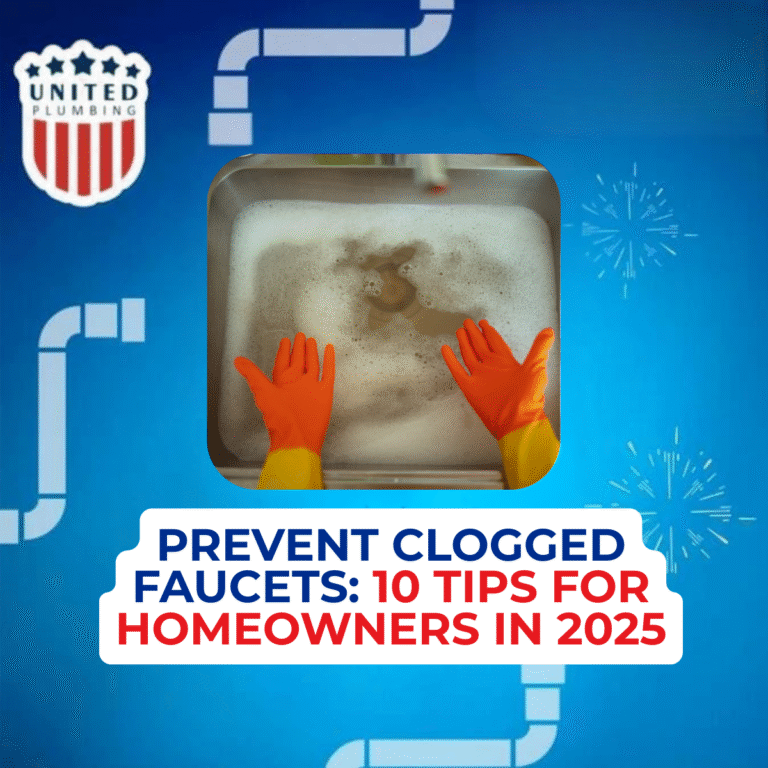
Prevent Clogged Faucets: 10 Tips for Homeowners in 2025
Clogged faucets are one of the most common service calls we handle in California homes, and the good news is that...


If you still have questions or need advice, please leave a request and we will contact you as soon as possible
Need a plumber and got no clue where to start?
(408) 539-6936Facing a plumbing issue? Get a FREE in-person estimate and quick solutions from our skilled technicians, ensuring your home runs smoothly again!
